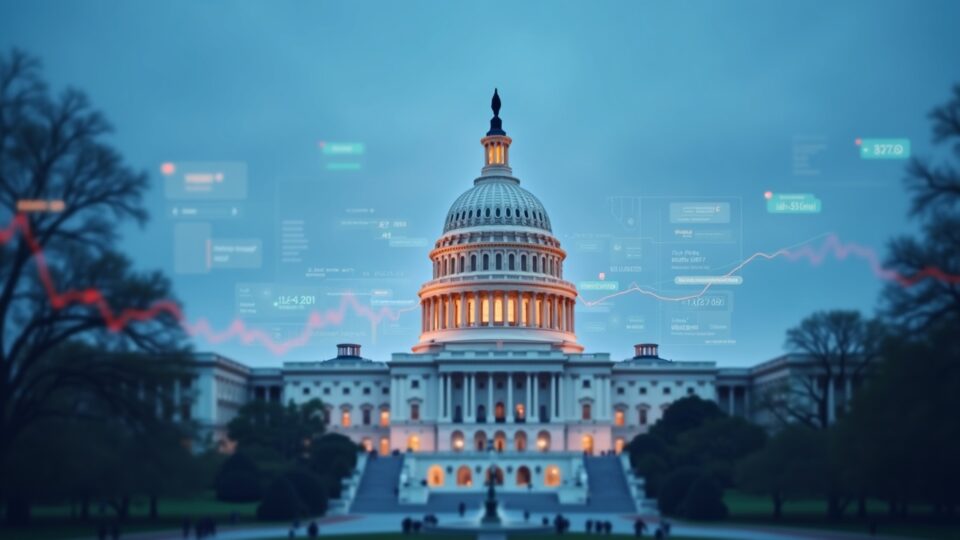In November 2025, President Donald Trump signed a law that ended a partial government shutdown of 43 days, reopening federal agencies and guaranteeing back pay to hundreds of thousands of public employees. The episode has immediate effects on service delivery, the collection of economic data and the confidence of markets and investors, setting the tone for the coming weeks of governance and policy negotiation.
The agreement that ended the shutdown lacked political unanimity: the president blamed the Democrats for the damage and legislative figures from both sides criticized the tactic. The package reopened agencies and scheduled overdue wages, but left unresolved issues such as the extension of Affordable Care Act (ACA) tax credits, which could trigger new tensions in late January, according to Democratic leaders.
The economic cost is substantial for managers and product teams: the director of the National Economic Council estimated a loss of around $15 billion per week, while academic analysts calculated additional lost productivity between $7 billion and $14 billion. An estimated 60,000 non-federal jobs were affected, amplifying the impact beyond the public sector.
Operational disruptions were significant, including flight delays and cancellations due to a shortage of air traffic controllers, and risks in the distribution of benefits such as SNAP, a situation that affected millions of vulnerable people. Restoring normal operations will take time as agencies work through backlogs.
Economic impact of the shutdown
The law also included controversial “riders”, among them the reversal of a rule linked to the legalization of hemp derived from cannabis and a provision allowing senators to sue for alleged privacy violations in federal investigations. These additions complicate the regulatory outlook and heighten uncertainty for sectors with high exposure to legal changes.
“Government shutdowns never achieve their objective and only raise costs,” said the chairman of the House Appropriations Committee, underscoring the political and economic cost of the impasse and the limits of shutdown tactics.
The disruption in the collection of macroeconomic statistics (CPI and employment) can distort market signals and complicate asset valuation and liquidity risk management, requiring recalibration of models and assumptions.
The next milestone is the negotiation on ACA credits in late January, which could reignite the legislative confrontation and force new adjustments in compliance and risk management plans for institutional investors.

